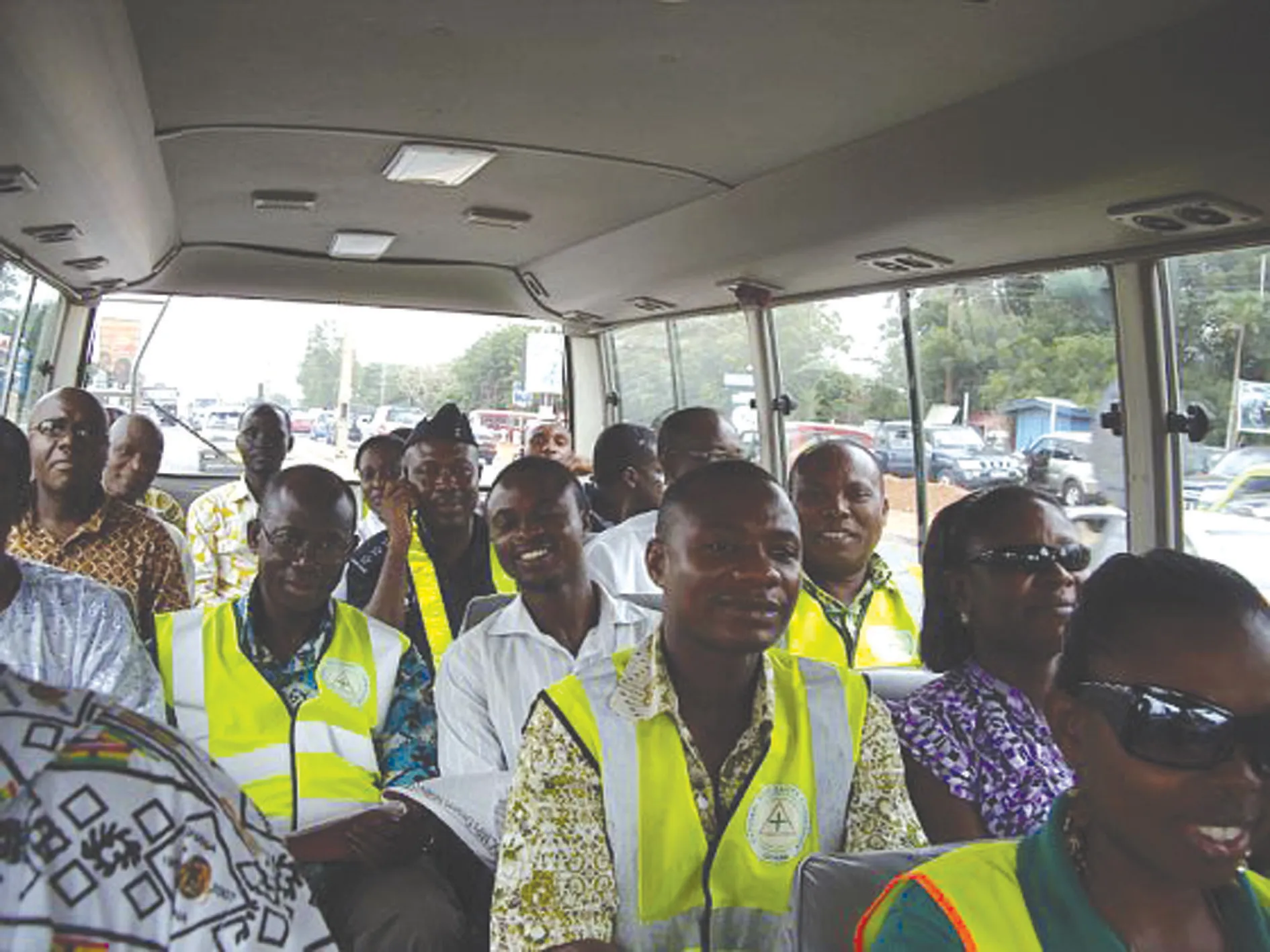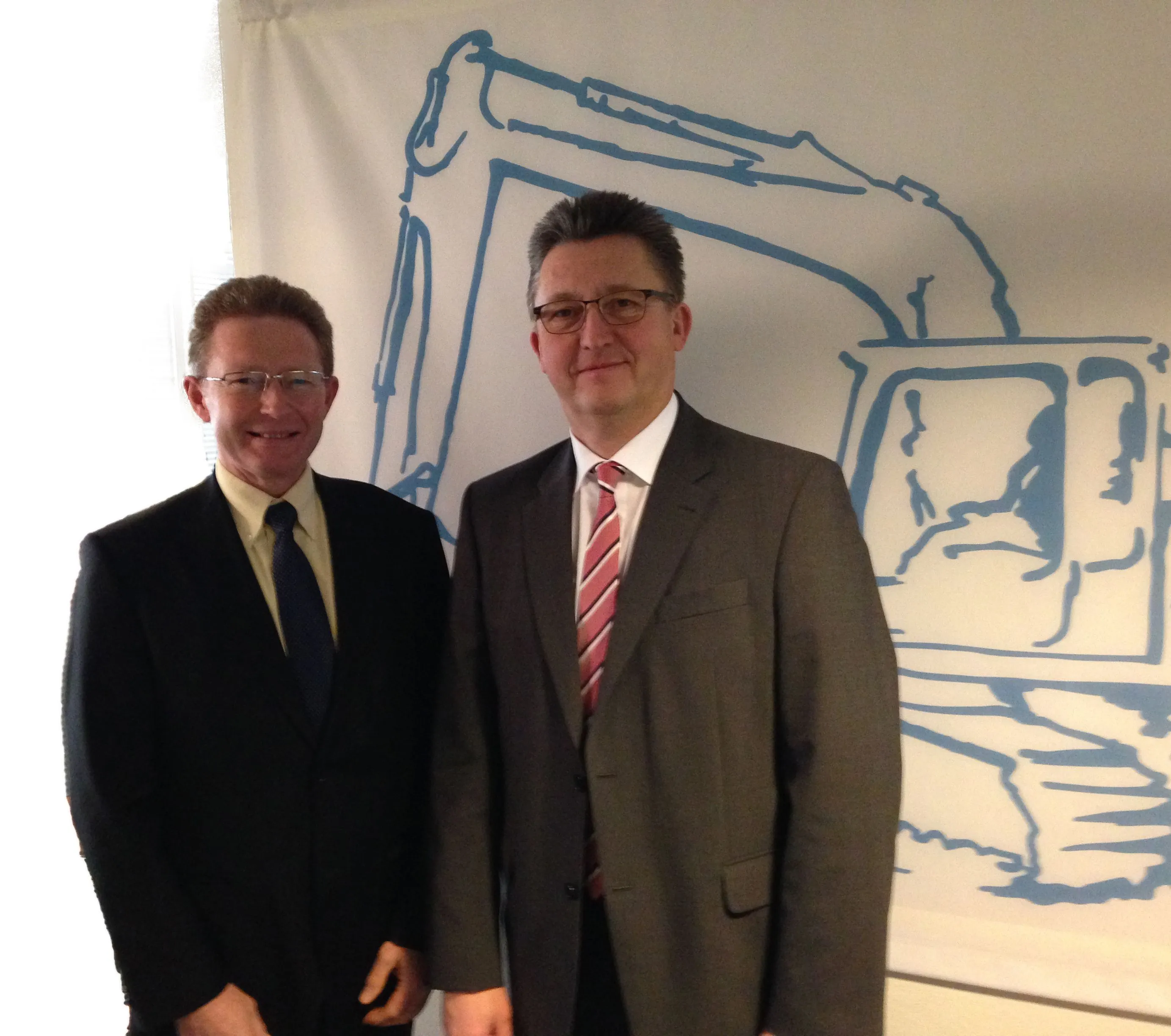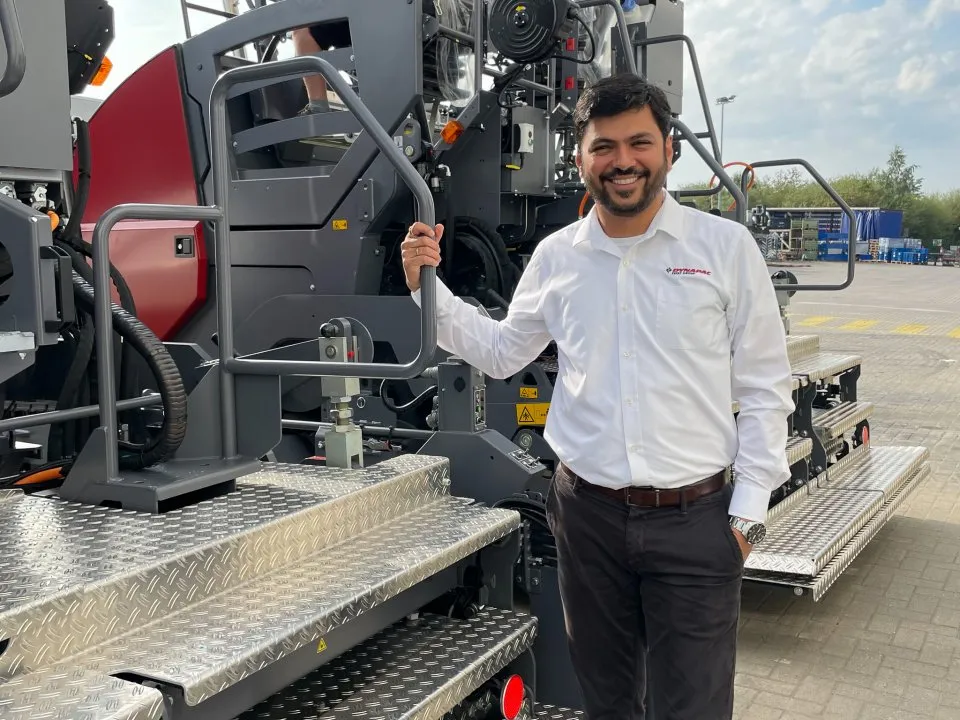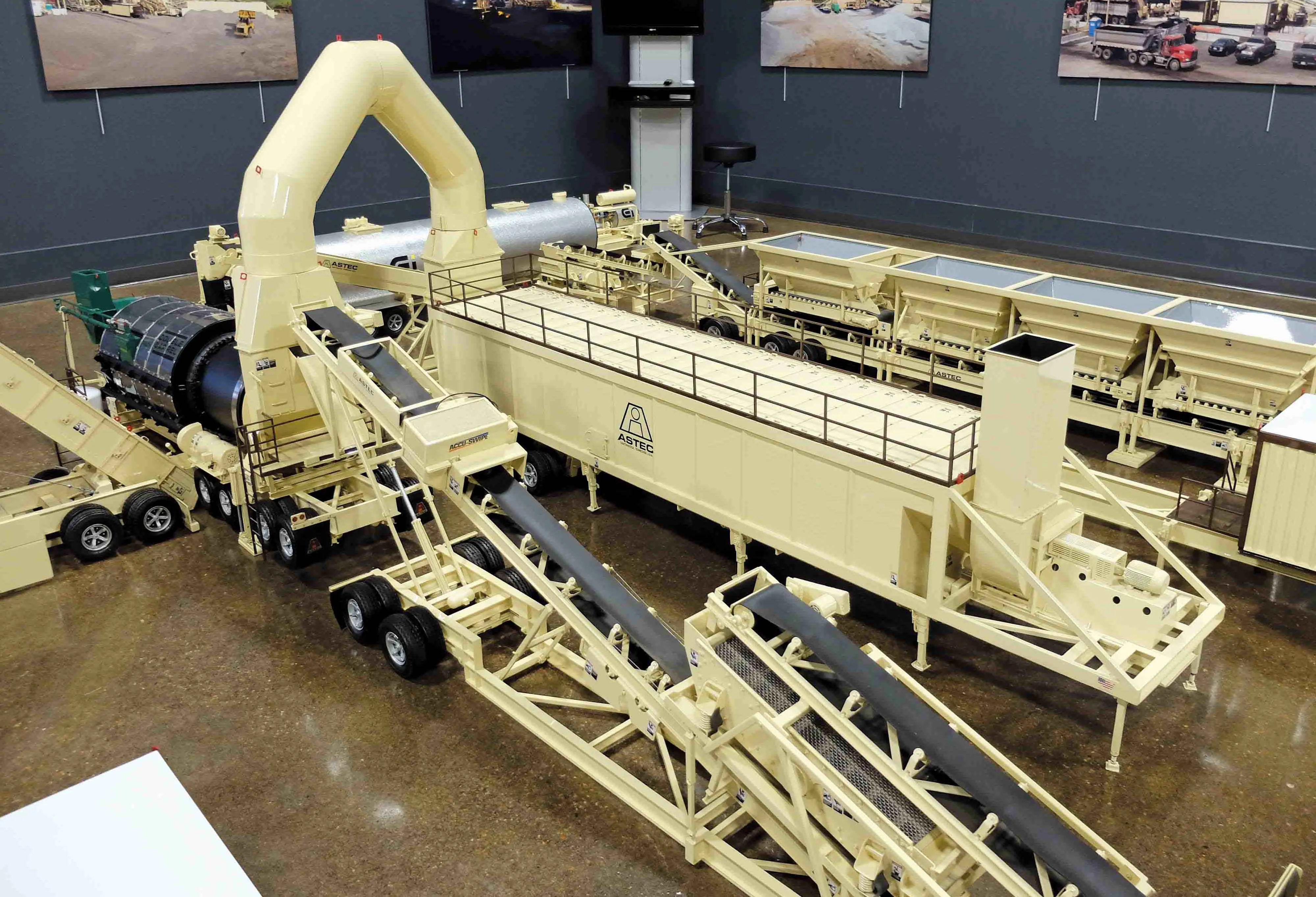Astec Industries Inc. founder J. Don Brock has stepped down as president of the Chattanooga, US-based company, and Norman Smith, who co-founded the company with Brock, will replace the 73-year-old CEO as president and chief operating officer. The new "decentralised company structure facilitates the development of a strong internal management team," Brock said. Smith, 72, has served as head of the company's asphalt division since 1998. He was president of both Astec Inc. and Heattec Inc, and has been a direc
August 23, 2012
Read time: 2 mins
The new "decentralised company structure facilitates the development of a strong internal management team," Brock said.
Smith, 72, has served as head of the company's asphalt division since 1998. He was president of both Astec Inc. and Heattec Inc, and has been a director of Astec Industries since 1982.
Though Brock will remain as chief executive officer, Astec is working to bring fresh faces into positions of power within the company, which nearly broke US$1billion (€796 million)in revenue for the year 2011. Last year, Astec sales grew nearly 24% and gross income grew to $218.9 million (€174 million).
Astec is one of the leading manufacturers of the specialised equipment used to build and restore infrastructure worldwide, and has recently branched out into energy projects.
In addition to Smith's elevation to a top position in the company, Astec also promoted Benjamin Brock, son of the company founder, to group vice president of the asphalt group, Smith's former role.
Benjamin Brock began his career as a salesman at Astec in 1993 and worked his way up to president of Astec Inc. in 2006.
In addition, Astec promoted Richard Dorris to group vice president of the newly-created energy group.
"They've been successful of managing their companies, and now they've taken on greater responsibilities managing multiple companies," said Stephen Anderson, vice president of administration and director of investor relations.
The energy group will focus on asphalt heating and storage, thermal fluid process heating, blending systems for ground tire rubber, water heating for fracking, and process heating of biomass and other related energy and infrastructure markets, according to a news release.
Dorris joined Astec when it acquired Esstee Manufacturing Co. in 1999. He was president of Esstee at the time, a position he had held since 1990.
Benjamin Brock and Dorris will join the ranks of top executives that include Thomas Campbell, Richard Patek, Stephen Anderson, David Silvious, Richard Patek, Joe Vig and Robin Leffew.









